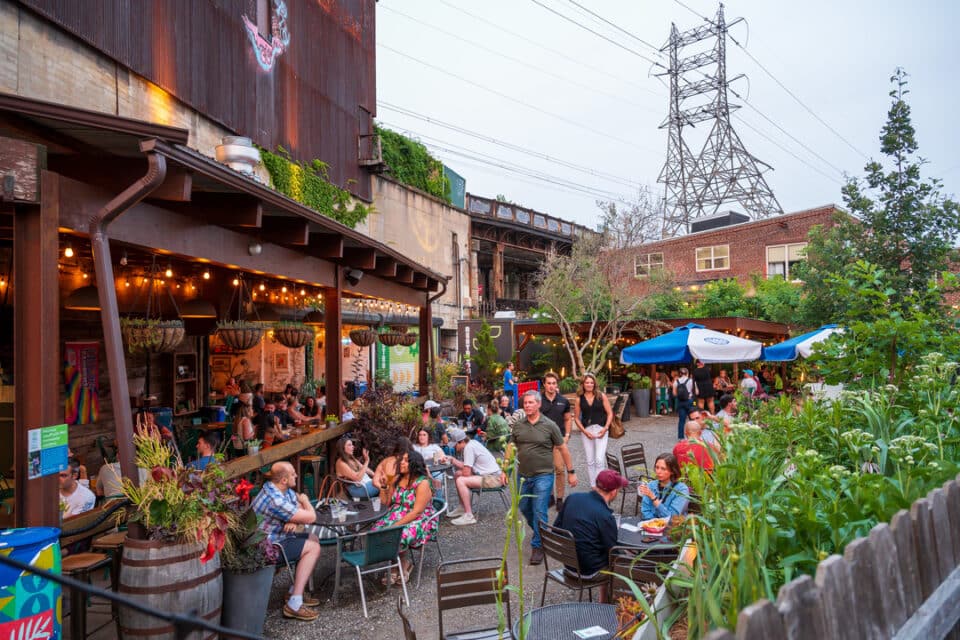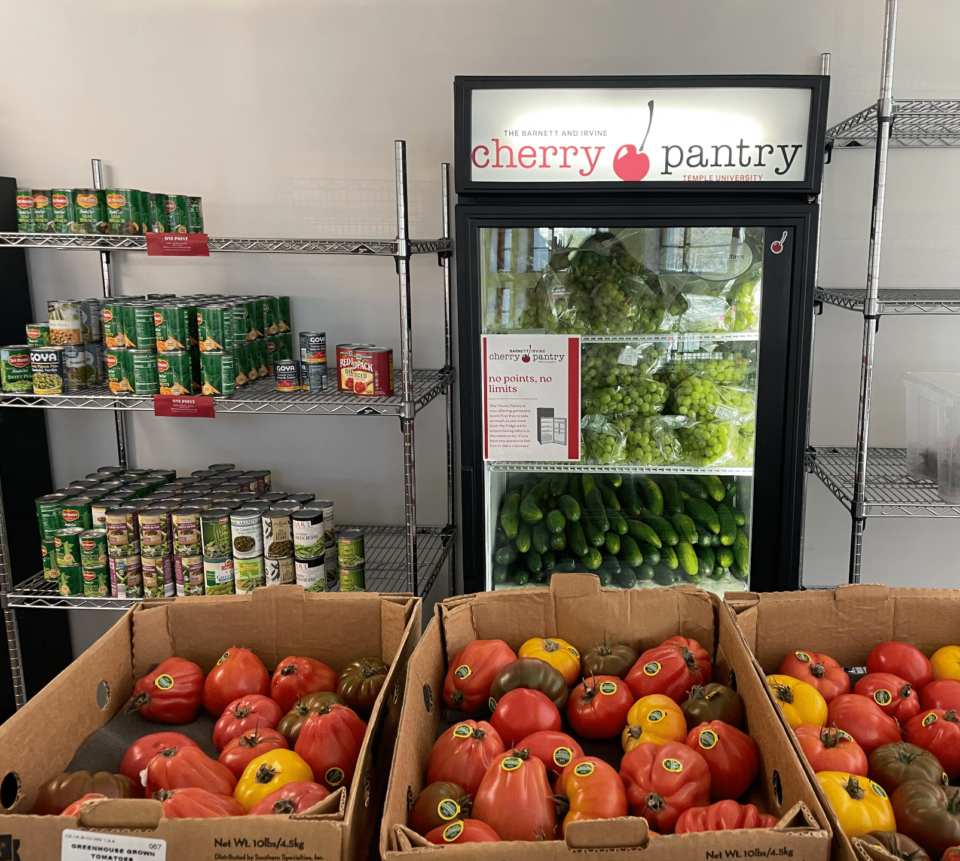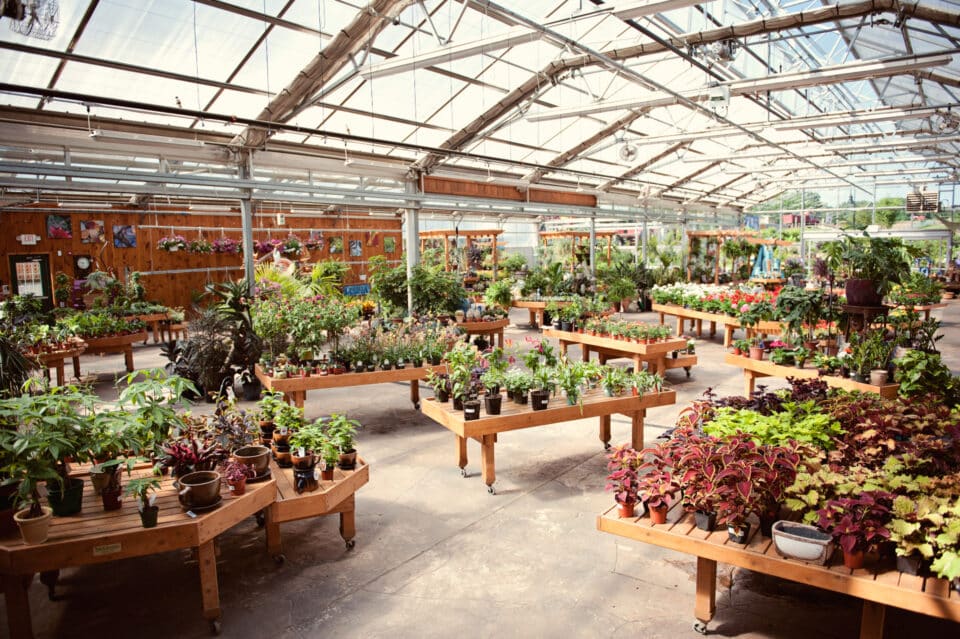By Brian Coble
The popularity of craft beer and local wineries has skyrocketed in recent years, but whiskey and other spirits are close behind. Whiskey lists at restaurants and bars are becoming the norm, offering a wide variety of scotches, bourbons and other types produced around the world.
Manatawny Still Works, a local Pottstown distillery, is one of the few craft distilleries making small batches of different spirits like whiskey, vodka and rum. Check out their website to explore some of the specialty cocktails you can have at their bar and attend a tour of their distillery. This local distillery just introduced their first series of small-batch whiskey, which has already been highly praised and popular. Max Pfeffer, the master distiller, gave us a private tour of their facility and explained what makes whiskey whiskey.
What is whiskey?
Whiskey is essentially a spirit that is distilled from a fermented grain mash. A fairly simple description, but the different ingredient combinations and label requirements lend to the different types of whiskeys and their complexities. In the next article, we will delve deeper into the different types of whiskeys and what makes them special, but for now let’s take a look at the general process for making whiskey.
How does fermentation come into play with whiskey?
For those of you familiar with brewing beer, the beginning steps to whiskey making is an identical process. You first start with your grains that you steep in water to extract sugars, creating a super sweet mixture called “wort.” These sugars give yeast the nutrients to ferment the liquid and create flavorful compounds (known as esters) and alcohol.
What’s all the distilling about?
The distillation step is what separates whiskey making from brewing. Distilling brings the fermented liquid to the boiling point of a specific type of alcohol (173°F) versus the boiling point of water (212°F). This separates the alcohol vapor from water. This can be a dangerous step if boiled at higher or lower temperatures because there can be harmful alcohols that could be extracted along with the ethanol, which can be dangerous to consume in their pure form. You are better off leaving it to the professionals than trying to distill spirits at home or else you might turn into one of those stereotypical blind moonshiners with missing teeth. This extraction can be distilled numerous times, each time giving a purer alcohol, but then many esters will be lost.
At Manatawny Still Works, they are not shy about showing off their beautiful distilling stills. Their stills were designed for grappa production in Italy, but they are still very versatile for distilling their rum, vodka and whiskey. At the bottom of the distillation still, heat is applied. Then the alcohol vapor travels up, where it is collected and cooled. The liquid alcohol travels down a separate column and is cooled further. The alcohol is distilled once more to remove any more impurities. The final liquid still contains those esters created from the fermentation process, which gives the spirit its flavor. You can purchase this whiskey in its un-aged, pure, clear form as their J. Potts Whiskey. It makes for some incredible cocktails as well!
Why aging whiskey is important.
The majority of whiskeys are aged for a period of time, mostly using wooden barrels. The type of barrel may depend on the type of whiskey, but most of the time the barrel is made from a variety of oak. Sometimes whiskeys are even aged in barrels that once aged wine, sherry, port, beer, other spirits or even a combination. The barrel is what gives the whiskey an extra depth of flavor and color, so the barrel is an extremely important “ingredient.”
There are many variables when choosing a barrel that will directly affect the final form of the whiskey. If the barrel is brand-new, the wood flavor will be much stronger. If sherry was aged in the barrel before, then the final whiskey will have notes of sherry. If the whiskey is aged for one year versus 20 years, the wood flavor in the whiskey will be weaker or stronger.
Another thing to consider for aging whiskey in barrels is the amount that evaporates over time, also known as the “angels’ share,” which will make the whiskey’s flavor much stronger.
Manatawny Still Works just released their first series of Small-Batch Whiskey Batch01 on December 5, which they aged in brand-new oak barrels. Although it was only aged for 226 days, the whiskey has a rich, dark color and oaky flavor, mainly due to the brand-new age of the barrels used. You can witness future Small-Batch Whiskeys aging in their tasting rooms, but their Batch01 is still available, although there are only 1,920 bottles from this batch!
Stay tuned for future articles in our whiskey series, where we will explain the different types of whiskeys, teach you how to taste whiskey with Max Pfeffer of Manatawny Still Works and then use that knowledge to explore the wide whiskey selection at Station Taproom of Downingtown. In the meantime, check out Manatawny Still Works and their tasting room at 320 Circle of Progress Drive #104 in Pottstown to learn more about spirits and enjoy a few drinks or cocktails at the bar.
- Photography: Manatawny Still Works



